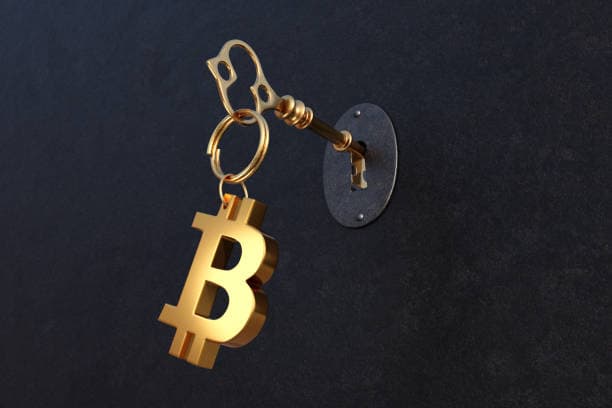Ether's EIP-1559 protocol was officially implemented in 2021, an innovative proposed improvement that has had a significant impact on the cryptocurrency trading market. The protocol aims to address the high transaction fees and price volatility of the Ethernet network, and to improve transaction efficiency and network availability by introducing a dynamic fee mechanism based on market demand. In this article, we will provide an in-depth analysis of EIP-1559's core content, its mechanism of operation, and its long-term impact on the Ether ecosystem, to help readers fully understand this important change to the protocol.

What is the EIP-1559 Agreement?
EIP-1559 is a proposal for a major upgrade to the Ethernet network, to be implemented in August 2021 in conjunction with the London hard fork. The primary goal of this agreement is to improve the transaction fee structure of Ether, reduce the volatility of user costs during transactions, and make transaction fees more transparent and predictable. Traditionally, when trading with Ether, transaction fees have been determined by user-set "Gas Prices", which can lead to high or low fees, and the problem of soaring fees when the market is crowded, which EIP-1559 solves by introducing a dynamic fee mechanism that is based on market demand. EIP-1559 addresses these problems by introducing a dynamic fee mechanism based on market demand.
Core content of EIP-1559
The core innovation of EIP-1559 is the overhaul of the fee mechanism for Ether transactions. Specifically, the proposal introduces several important changes:
Base Fee: Each transaction has a base fee that is automatically calculated by the network based on congestion. This fee is adjusted according to the usage of the block, increasing when the network is congested and decreasing when it is not.
Tip: Users can also pay an additional "tip" to prioritize transactions. This fee is earned by the miner or verifier and serves as an incentive.
Destruction mechanism: The most innovative part of EIP-1559 is the introduction of a destruction mechanism, whereby the base fee portion is permanently destroyed (Burn), thus reducing the total supply of Ether. This is expected to have a profound impact on the long-term value of Ether.
Through these three adjustments, EIP-1559 greatly improves the predictability of transactions and the operational efficiency of the network, and reduces the uncertainty of transaction fees.
How does EIP-1559 affect Ether transaction fees?
Before the implementation of EIP-1559, transaction fees on Ether were determined by market competition, which meant that during peak demand periods, fees would skyrocket. Users could only raise the price of gas to ensure that transactions were prioritized, but this could easily lead to "fee spikes" and an unfair distribution of resources. The basic fee mechanism introduced by EIP-1559 makes each transaction more predictable by dynamically adjusting the fee according to the block congestion, and reduces the extra fees that users need to pay during congested periods.
For example, EIP-1559 automatically raises the base fee if the Ethernet network is very busy, which reduces transaction congestion. Users still have the option to pay additional tips to prioritize transactions, but this fee structure makes the overall fee level more fair and transparent.
Impact of EIP-1559 on the supply of Ethernet
One of the most impactful changes to EIP-1559 is the introduction of a "destroy mechanism". The base fee portion of each transaction will be destroyed, meaning that the total supply of Ether will decrease over time. This mechanism is similar to the halving process of Bitcoin, and has the potential to positively impact the market value of Ether in the long run.
According to some studies, EIP-1559 will destroy millions of Ether per year if the volume of Ether transactions continues to grow. Such a supply reduction strategy may stabilize and support the price of Ether and increase its scarcity in the long term.
How does EIP-1559 affect the Ethernet ecosystem?
EIP-1559 not only affects the transaction fee structure, but also has a profound impact on the entire Ether ecosystem. The predictability and transparency of transaction costs greatly enhances the attractiveness of ethereum as a decentralized application (DApp) platform. Developers can more accurately predict transaction costs to optimize applications and user experience.

The destruction mechanism helps to increase the long-term value of Ether, attract more investors to participate, and effectively alleviate the inflationary pressure on Ether.The successful implementation of EIP-1559 has also provided a reference example for other blockchain projects, and many blockchain projects have begun to explore similar fee improvement solutions.
Conclusion: The Long-Term Value of EIP-1559
The implementation of EIP-1559 has changed the transaction fee mechanism of EtherNet to make transactions more transparent, predictable and fair. The introduction of base fees and destruction mechanisms makes the Ether network more efficient and has the potential to positively impact the value of Ether. As the Ethernet ecosystem continues to evolve, EIP-1559 will be a key factor in the future sustainability of Ethernet.
For users who hold or trade Ether, understanding the core content and implications of EIP-1559 will help them better understand the direction of the market and make sound investment decisions.
The above is an in-depth analysis of the content and impact of the EIP-1559 protocol, and we hope this article will help you understand this major change more clearly. If you have any questions, please feel free to contact us in the comments section!














